- Handicraft Products : Handicraft products are items made by skilled artisans using traditional techniques and manual tools, often showcasing cultural heritage, creativity, and craftsmanship. These products are typically unique, sustainable, and highly valued for their aesthetic and functional qualities. Here’s an overview

2. Handmade Home Decor Products :Handmade home decor products add a personal and unique touch to any living space. They often showcase craftsmanship and creativity while incorporating sustainable and eco-friendly materials. Here are some ideas for handmade home decor products:
1. Wall Art
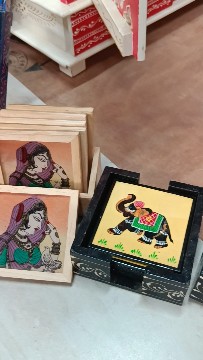
- Macramé Wall Hangings: Boho-style wall decor made from natural fibers.
- Canvas Paintings: Abstract, minimalist, or nature-inspired art pieces.
- Wooden Signs: Hand-painted or laser-etched motivational quotes or designs.
2. Textiles

- Decorative Throw Pillows: Featuring unique fabrics, embroidery, or hand-knitted covers.
- Handwoven Rugs: Made from natural fibers like jute or wool.
- Curtains or Tapestries: Hand-dyed with tie-dye or block printing techniques.
3. Tableware

- Ceramic Bowls and Plates: Hand-thrown and glazed for a rustic look.
- Resin Coasters and Trays: Embedded with flowers, gold flakes, or custom designs.
- Hand-Painted Mugs: With personalized messages or artwork.
4. Furniture
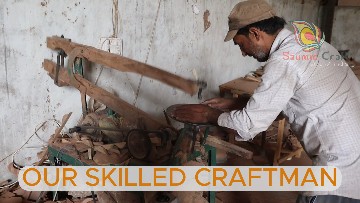
Popular Home Decor Manufacturers in Mumbai
- Reclaimed Wood Tables: Rustic designs made from upcycled materials.
- Handcrafted Shelves: Featuring unique shapes or live-edge wood.
- Ottomans or Poufs: Made with hand-stitched or woven covers.
5. Lighting
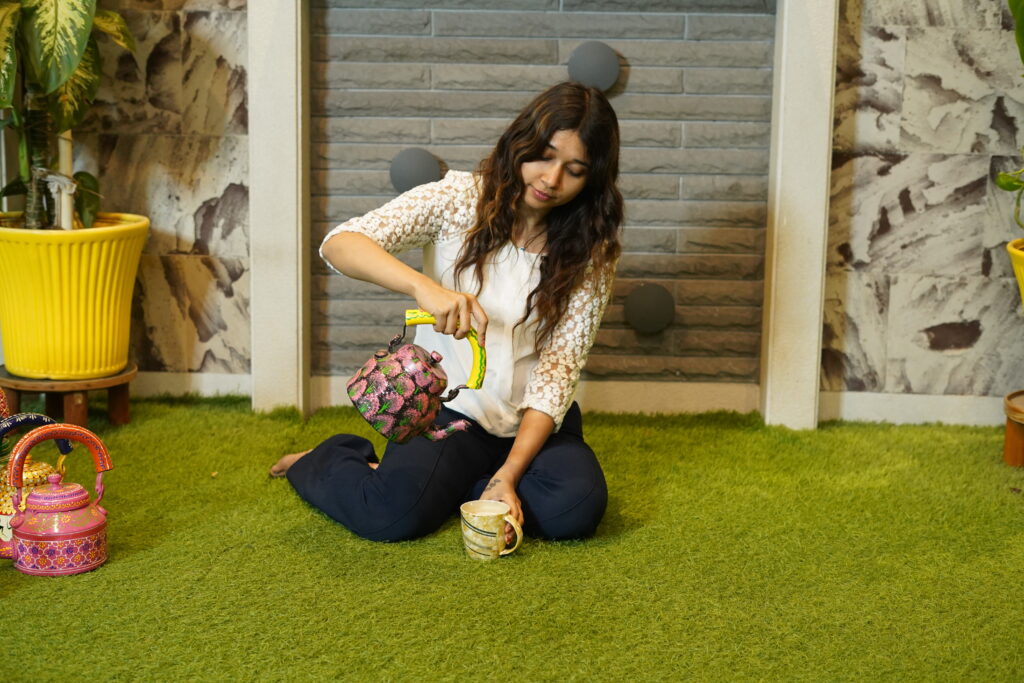
- Mason Jar Lamps: With fairy lights or vintage-style bulbs.
- Handmade Lampshades: Using fabric, paper, or natural materials.
- Candle Holders: Carved from wood, clay, or metal.
6. Green Decor

- Terrariums: Glass containers with miniature plants.
- Macramé Plant Hangers: For displaying indoor greenery.
- Upcycled Planters: Made from cans, jars, or other repurposed materials.
7. Seasonal Decor
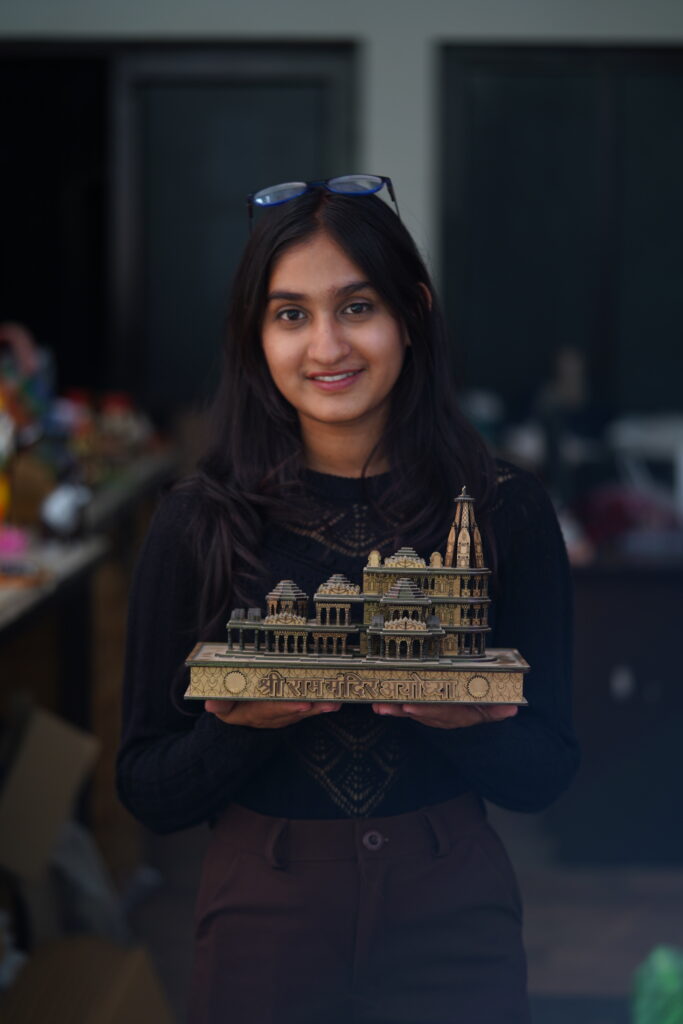
- Wreaths: Made with dried flowers, eucalyptus, or fabric.
- Ornaments: Hand-sewn, knitted, or crafted from wood or clay.
- Table Centerpieces: Featuring candles, flowers, or handcrafted elements.
8. Accessories and Knick-Knacks

- Decorative Bowls: Perfect for keys, jewelry, or other small items.
- Photo Frames: Made from driftwood, clay, or metal.
- Sculptures or Figurines: Unique pieces in clay, metal, or wood.
Tips for Creating or Sourcing Handmade Decor:
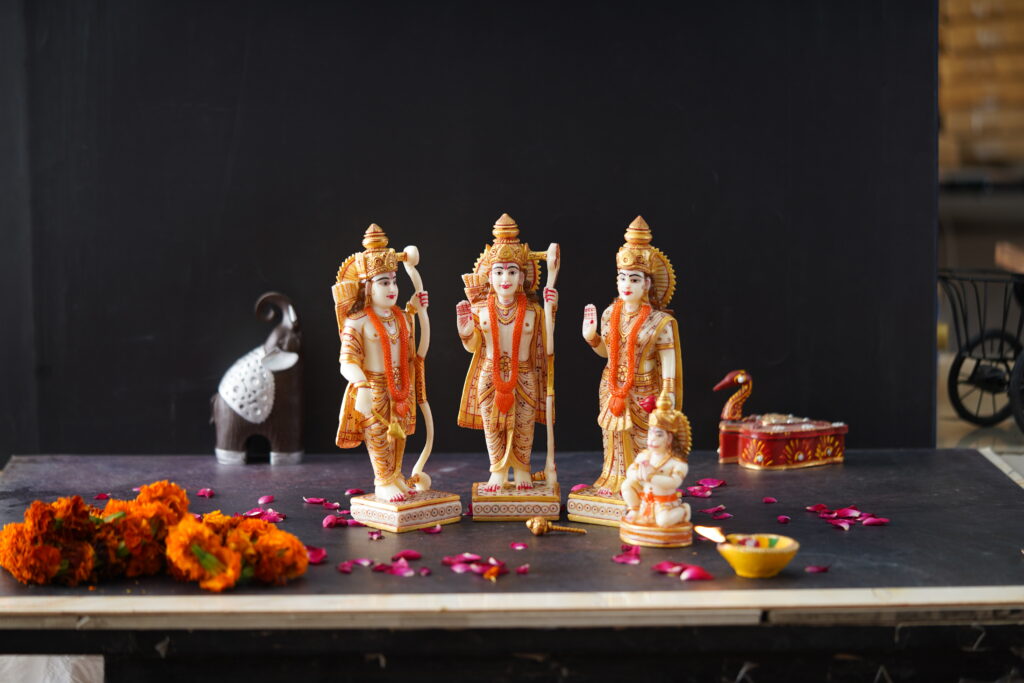
Style Matching: Create designs that blend well with popular interior design trends like modern, boho, or rustic.
Materials: Opt for sustainable, high-quality materials for durability and eco-friendliness.
Personalization: Offer customization options for gifts or specific preferences.
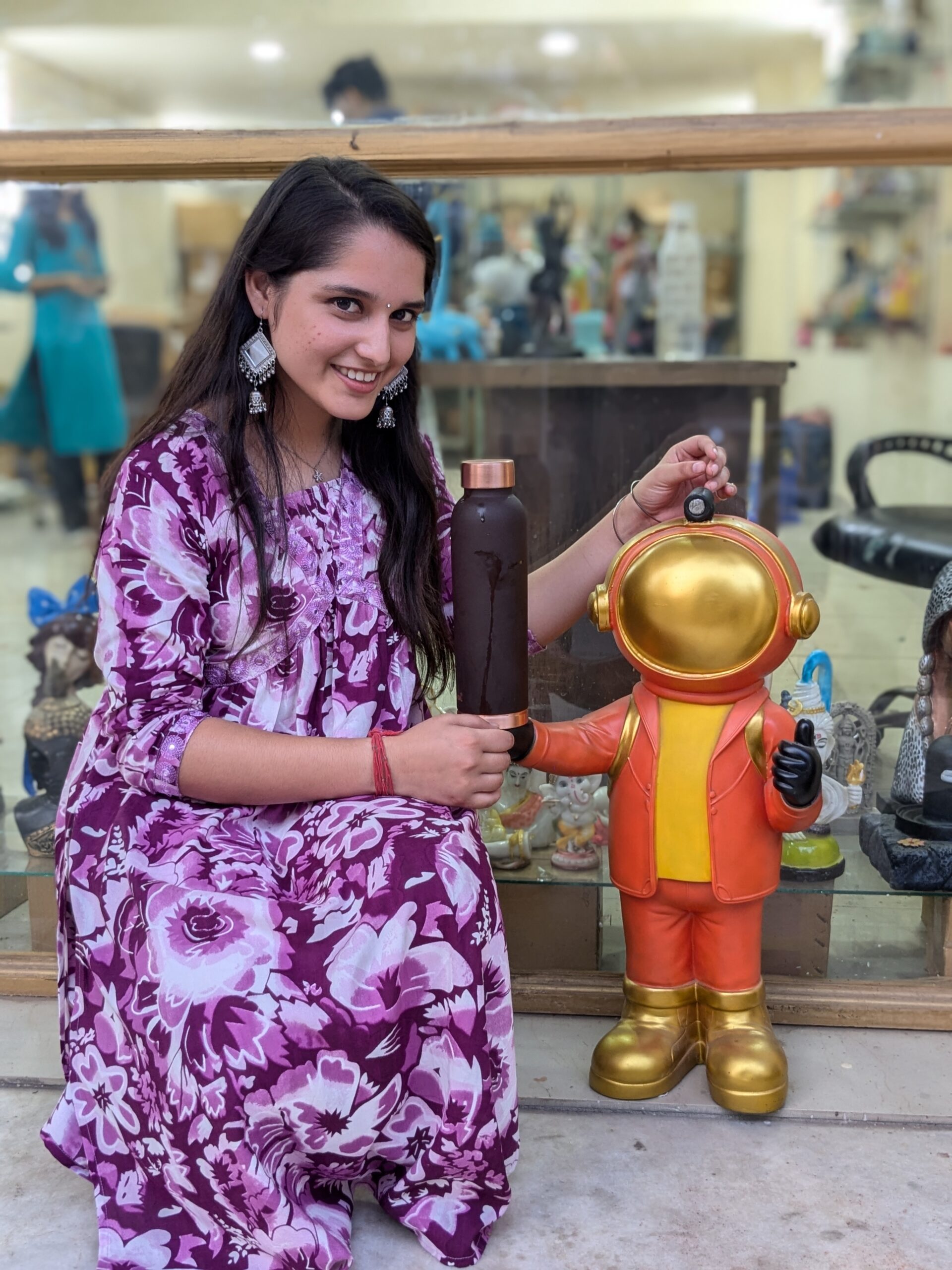
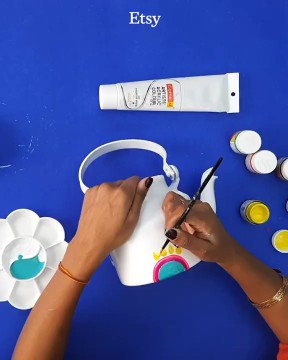
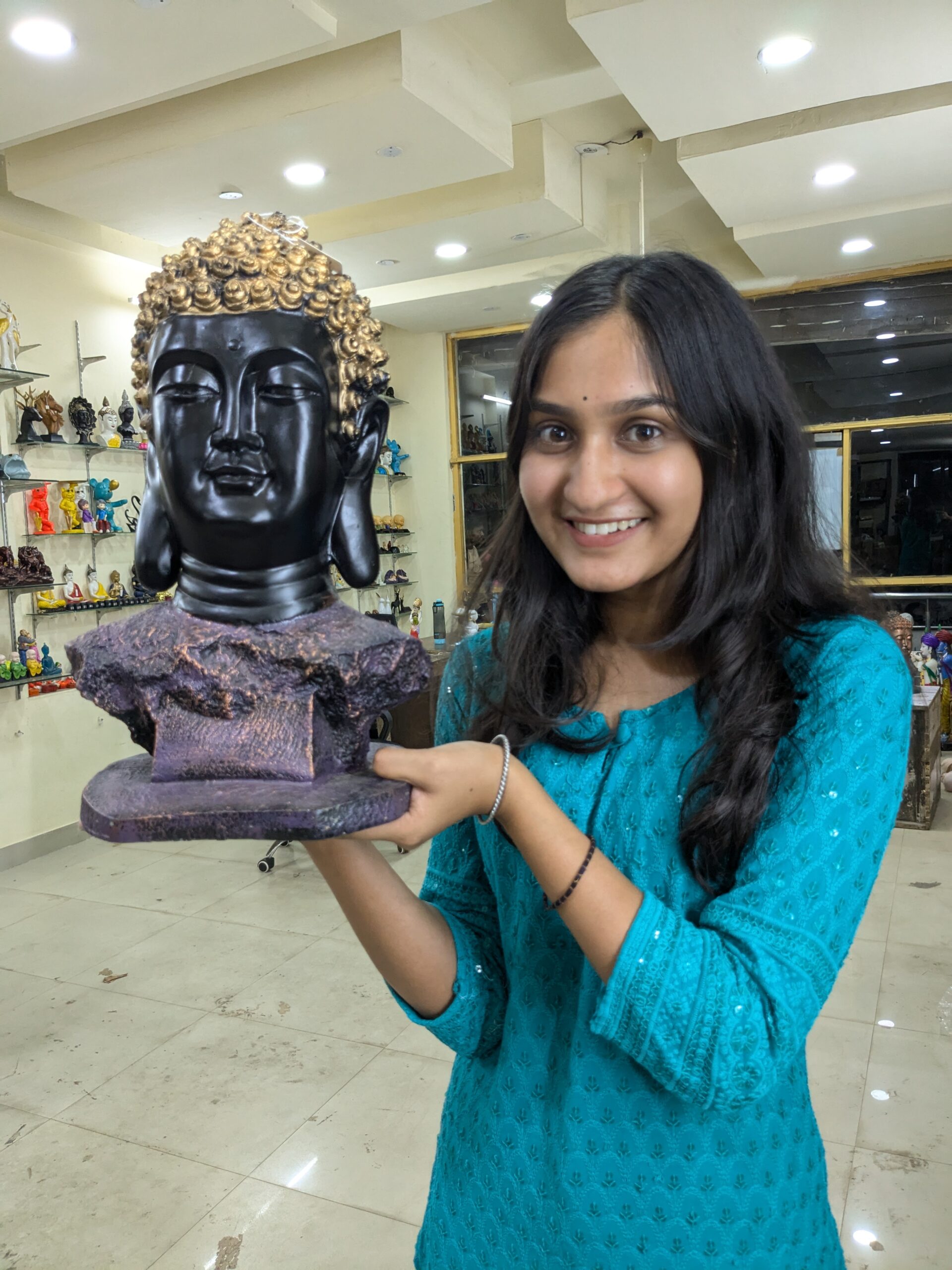
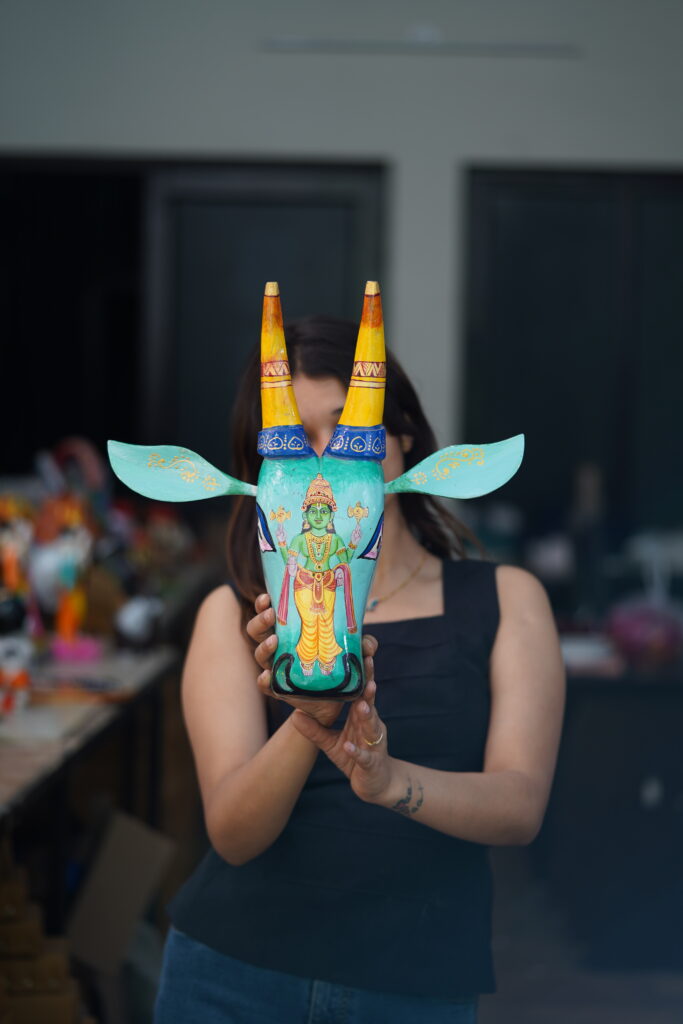
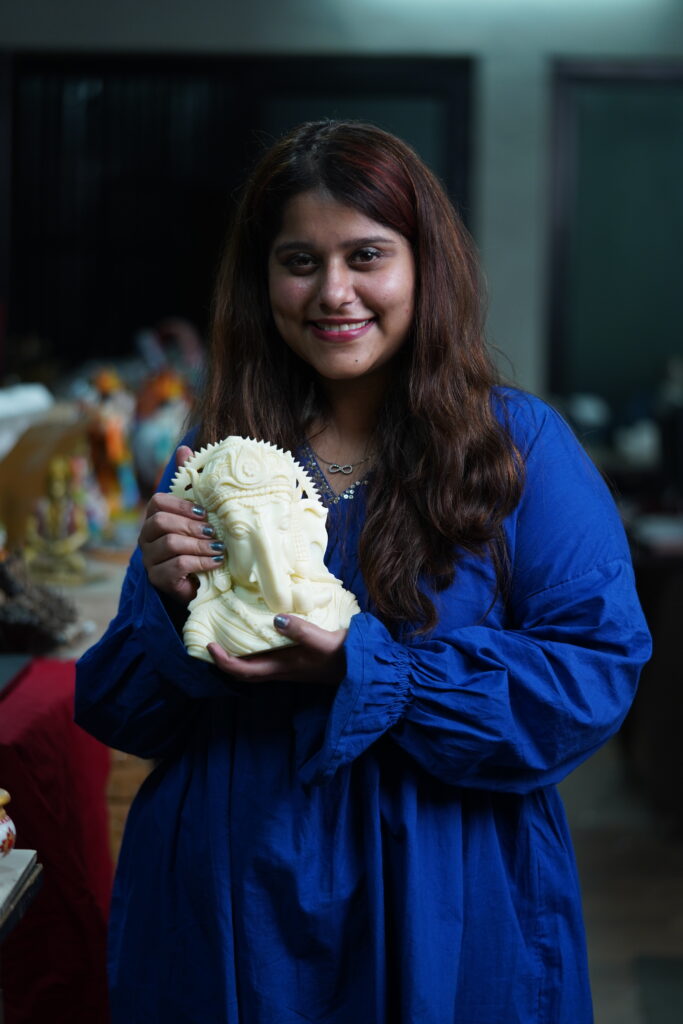
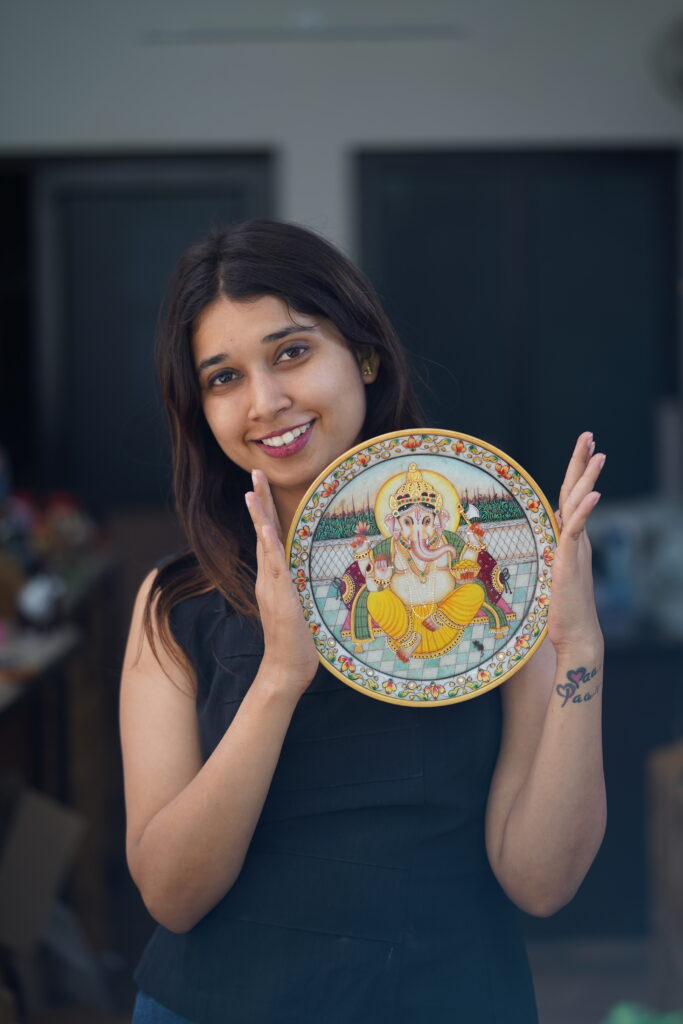
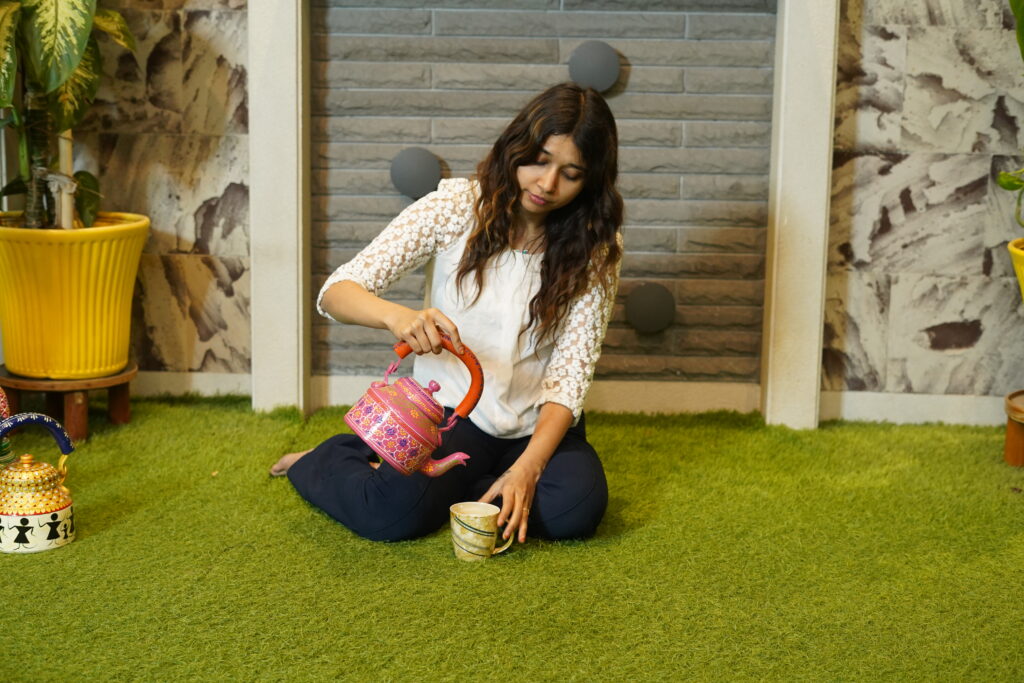

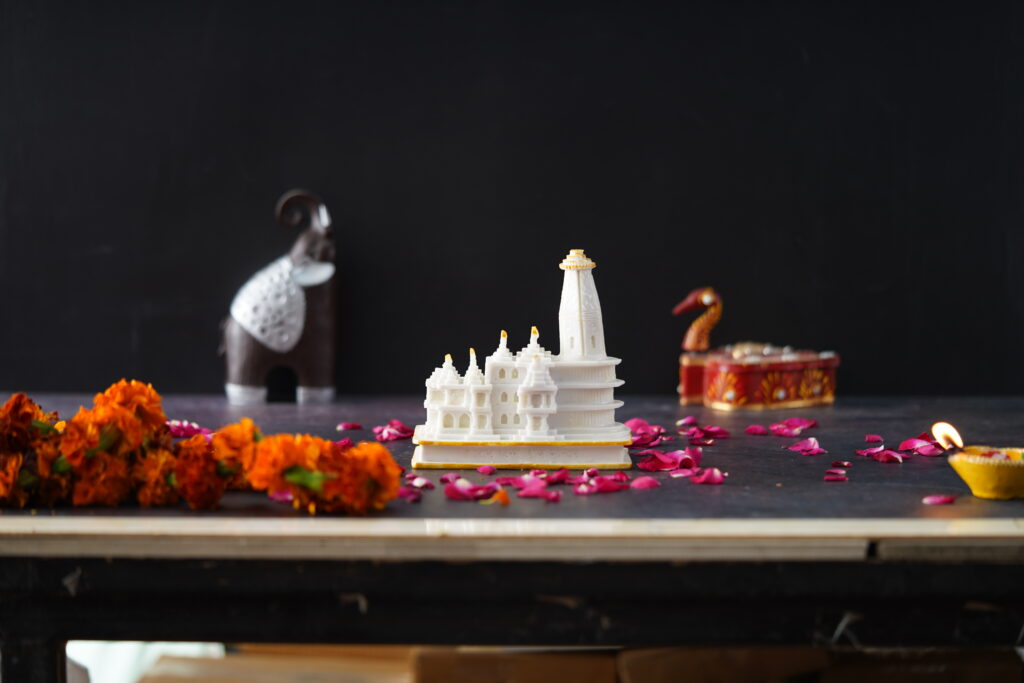

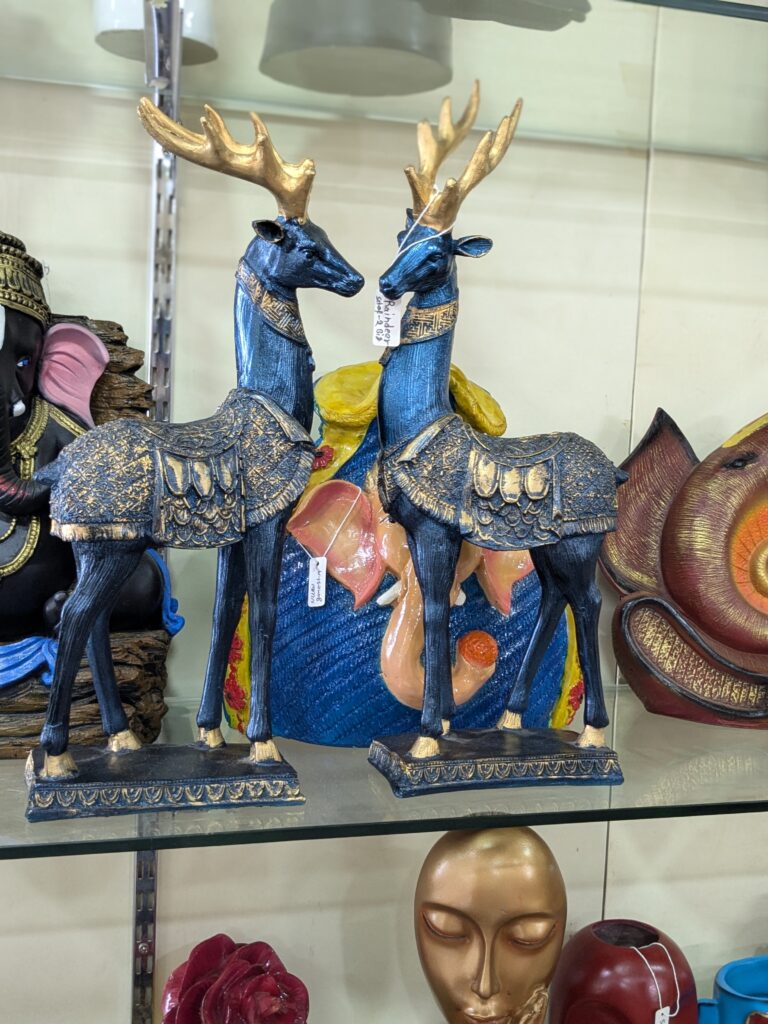
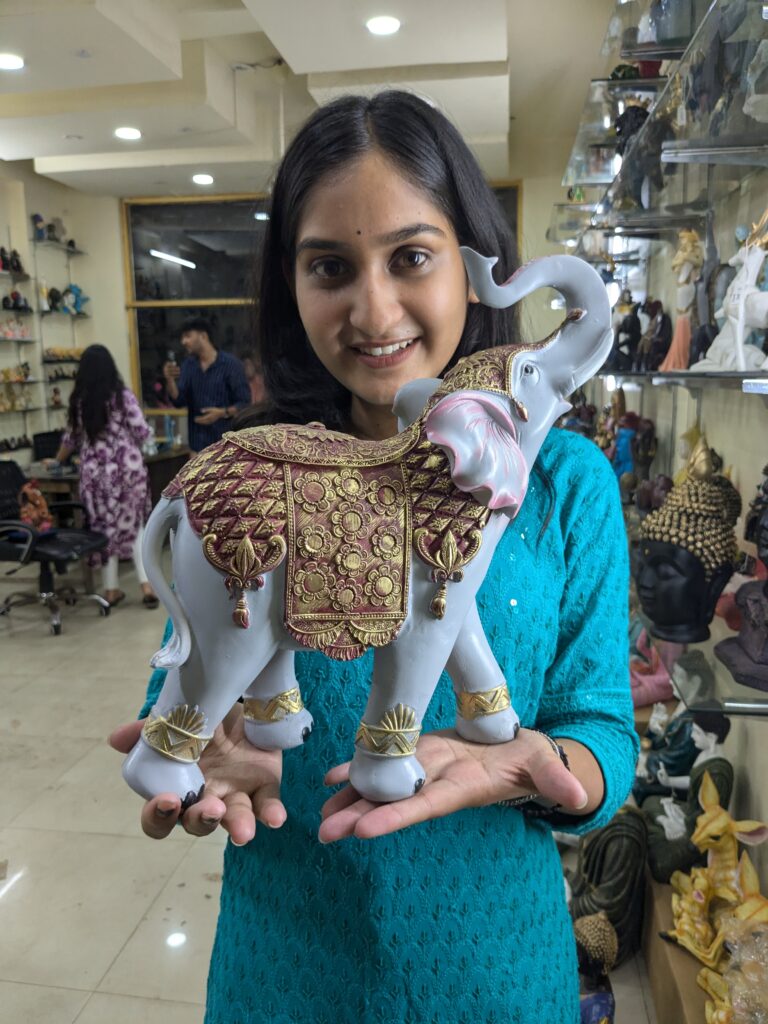



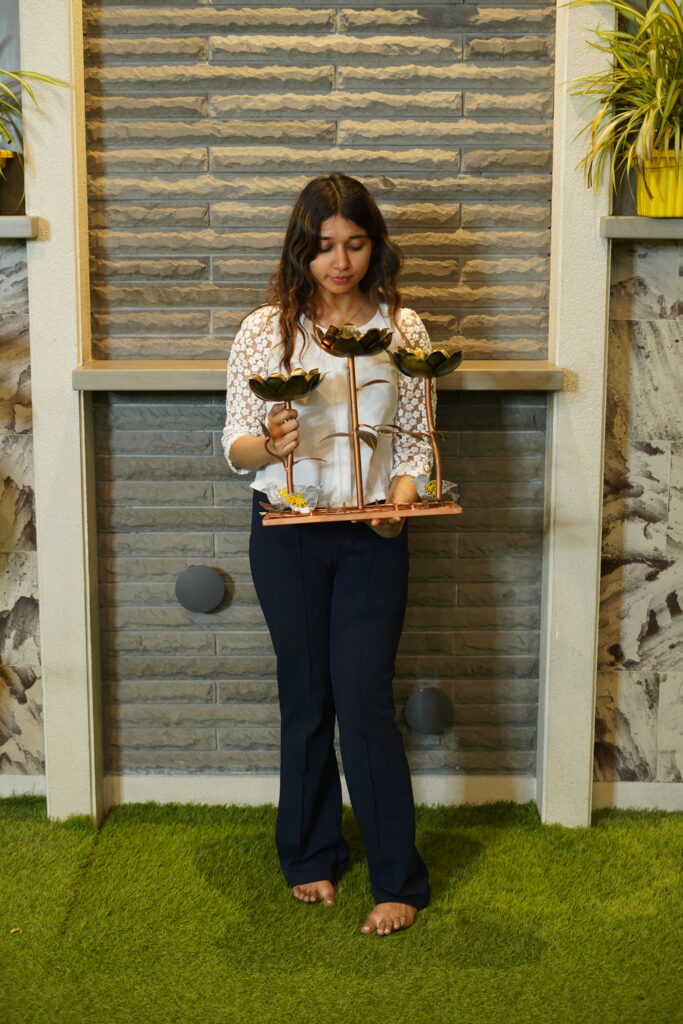
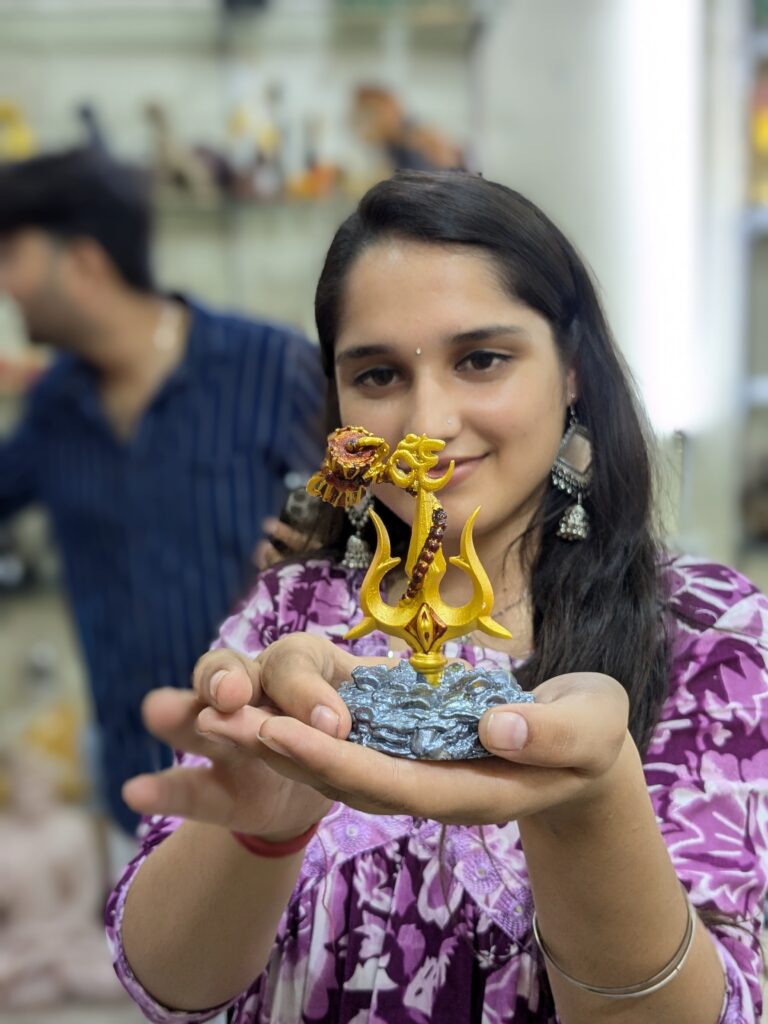
If you’re looking for manufacturers specializing in handmade handicraft items, there are many small and large-scale artisans and businesses worldwide. Here’s how to find and connect with them:
Popular Types of Handicrafts Manufacturers
- Woodwork Manufacturers
- Specialize in carved wooden decor, furniture, toys, or ornaments.
- Often use eco-friendly materials and techniques like laser engraving or hand-carving.
- Textile Artisans
- Experts in handwoven rugs, macramé, or embroidered textiles.
- Includes manufacturers of hand-knitted or block-printed items.
- Ceramic and Pottery Manufacturers
- Produce handmade pottery, tableware, and decorative items.
- Often use natural clay and glazes.
- Metalwork Manufacturers
- Specialize in handmade jewelry, candle holders, lamps, and sculptures.
- Paper Crafts and Eco-Friendly Products
- Produce items like handmade paper, greeting cards, and papier-mâché decor.
- Resin and Epoxy Artisans
- Craft unique decor items like trays, coasters, and jewelry.
Where to Find Handmade Handicraft Manufacturers
1. Online Platforms:
- Etsy Wholesale: A platform to source handmade goods in bulk.
- Alibaba or IndiaMART: For large-scale sourcing of handicrafts.
- Fair Trade Organizations: Websites like Ten Thousand Villages connect with artisans globally.
2. Artisan Hubs:
- India: Rajasthan (woodwork, textiles), Gujarat (embroidery), and Kashmir (papier-mâché, shawls).
- Indonesia: Bali for wood carvings and batik textiles.
- Africa: Ghana for kente cloth, Kenya for jewelry, and Morocco for rugs.
- Mexico: Oaxaca for pottery and textiles.
3. Trade Shows and Exhibitions:
- Handicrafts & Gifts Trade Fair (India): A platform for bulk orders.
- Maison&Objet (Paris): Focused on global decor and craftsmanship.
- NY NOW: For handmade and artisanal decor.
4. Artisan Cooperatives and NGOs:
- Groups like Craftmark (India) or the World Fair Trade Organization work directly with skilled artisans to bring handmade items to market.
5. Social Media and Networking:
- Search hashtags like #HandmadeDecor, #ArtisanMade, or #CraftWholesale on Instagram.
- Connect with artisans through Facebook Marketplace or dedicated crafting groups.
Things to Consider When Choosing a Manufacturer
- Quality: Request samples or visit their facility if possible.
- Sustainability: Ensure they use eco-friendly and ethical practices.
- Customization: Look for flexibility in design and material.
- Certifications: Fair Trade or handmade certifications ensure authenticity.
Making handicraft products is a rewarding and creative endeavor that allows you to express your artistic skills while creating unique, handmade items. Here are some steps and ideas to get you started in crafting handicrafts:
1. Choose Your Handicraft Type
Decide on the type of handicraft you want to make based on your interests and the materials you have access to. Popular options include:
- Textile Crafts: Embroidery, knitting, crocheting, weaving, or sewing.
- Paper Crafts: Origami, scrapbooking, card-making, or quilling.
- Woodwork: Carving, pyrography, or making small furniture and decor items.
- Jewelry Making: Beaded necklaces, wire-wrapped pendants, or resin-based designs.
- Clay and Ceramic Crafts: Pottery, sculpting, or polymer clay art.
- Recycled Crafts: Upcycled decor using everyday items like bottles, newspapers, or cans.
- Painting and Drawing: On canvases, stones, or functional items like trays and mugs.
2. Gather Materials and Tools
Ensure you have the necessary supplies for your chosen craft. This may include:
- Basic tools like scissors, glue, needles, or a sewing machine.
- Raw materials like fabric, clay, yarn, beads, or paint.
- Safety items like gloves, masks, or aprons when working with certain materials.
3. Learn the Techniques
Research tutorials, attend workshops, or watch online videos to master the skills required. Platforms like YouTube, Pinterest, and craft blogs are excellent resources.
4. Start with Simple Projects
Begin with small, simple designs to build confidence and practice techniques. For example:
- Make greeting cards using paper and embellishments.
- Crochet a small pouch or scarf.
- Paint a basic design on a mug.
5. Experiment and Innovate
As you gain confidence, try combining techniques or experimenting with new designs. For instance:
- Add embroidery to a painted fabric piece.
- Create mixed-media art using wood, clay, and paint.
6. Focus on Quality
Handicrafts are valued for their uniqueness and quality. Take your time to ensure clean finishes and sturdy construction.
7. Package and Present
If you plan to sell or gift your handicrafts, package them attractively. Use eco-friendly materials, add a personalized note, or create custom labels.
8. Sell Your Handicrafts
Turn your passion into a business by showcasing your products:
- Online: Sell through Etsy, Amazon Handmade, or social media platforms.
- Local Markets: Participate in craft fairs, farmer’s markets, or exhibitions.
- Custom Orders: Offer personalized designs for occasions like weddings or birthdays.
